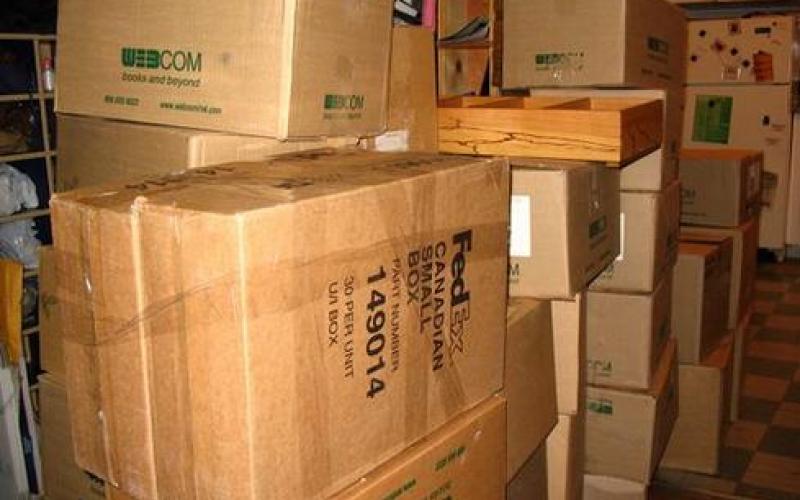Converged infrastructure (CI) has become one of the handful of next big things changing data centers dramatically. With CI, vendors bundle typical computing components -- storage, compute, hypervisor and networking -- into prepackaged data center building blocks, allowing for easy implementation and scalability. VCE, a joint project by VMware, Cisco, and EMC formed the first converged product, the Vblock, which combined technology in a preconfigured format in accordance with a reference architecture. From there, vendors Nutanix and SimpliVity built and shipped smaller converged products.
Now, converged infrastructure products have moved beyond packaging exercises to add sophisticated functionality like management consoles and traditional storage features like dedupe, compression and backup. While storage vendors were some of the first to enter the converged market, more have joined the field. These products are generally available as appliances, with some software-only vendors in the mix.
Converged infrastructures are finding fans where IT teams need simplicity, such as in a business with limited staff resources or for a greenfield deployment or new workloads. VDI is also a good use case for converged infrastructure, as it allows businesses to access flash storage at a lower cost. However, CI also brings vendor lock-in, and diagnosing specific problems within the converged box can be difficult.
(Image: André Hofmeister/Flickr)
















